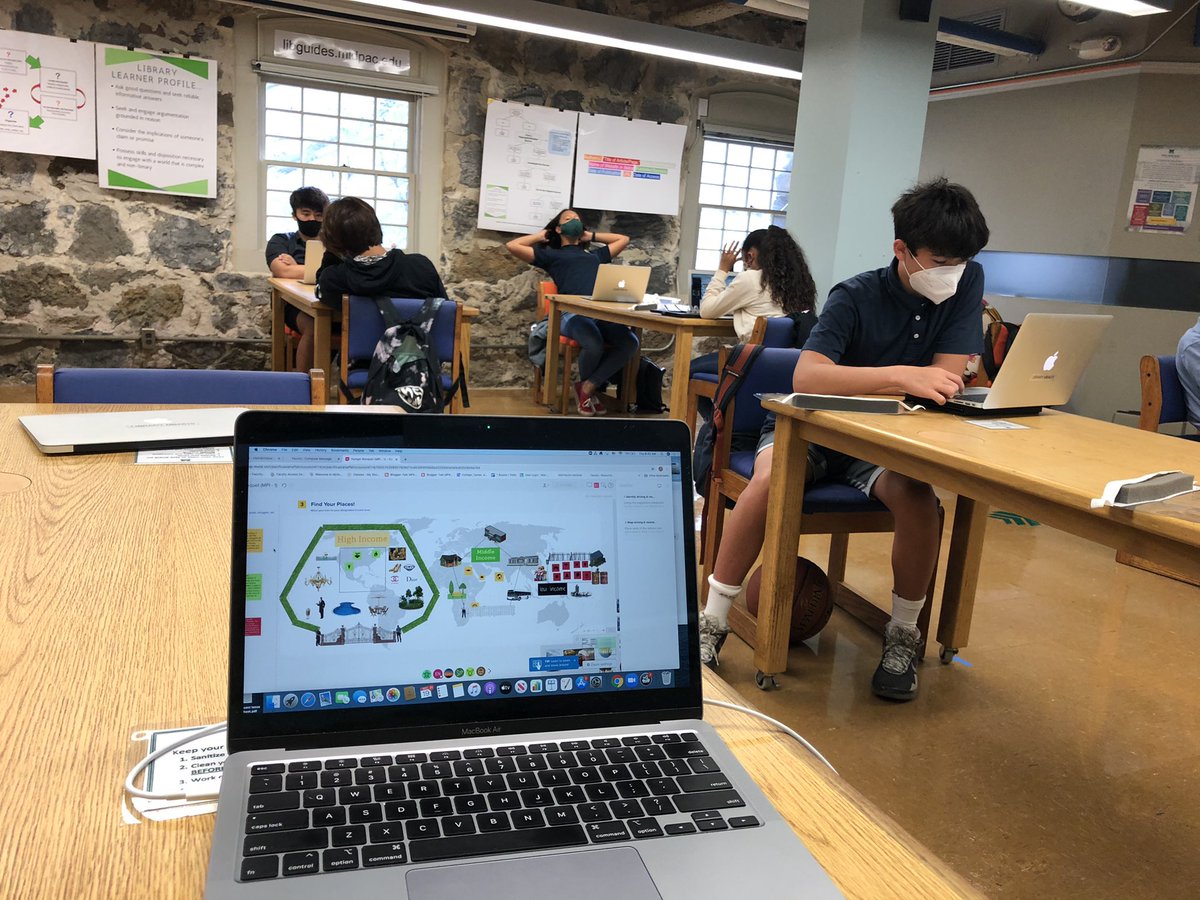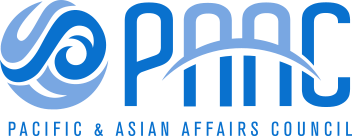PAAC prides itself on providing informative and interactive opportunities to learn about the world. Nowhere is this more evident than our Global Vision Summits. This school year, PAAC has adapted several of our most popular simulations for virtual environments. At the request of any PAAC Club, classroom teacher, or school, PAAC will facilitate these virtual simulations for any group of high school students throughout the state.
Climate Action Simulation
On October 3, PAAC held a virtual Mini-Global Vision Summit featuring a Climate Action Simulation. A total of 21 students from 11 public, private, charter, and home schools on Oʻahu and Hawaiʻi Island participated in the interactive, role-playing activity to understand the best way to solve the climate crisis.

“Thank you for giving us this opportunity to collaborate with students from other schools in crafting creative solutions to current issues that prevail in our communities,” one student reflected. “The simulation and discussion [were] very insightful and I thoroughly enjoyed and appreciated the experience!”
“This [simulation] was super informative and engaging,” another student commented. “I hope to participate in other events like this soon!”
Students were divided into stakeholders with different interests – including Conventional Energy; Clean Tech; Land, Agriculture, & Forestry; Industry & Commerce; Climate Justice Hawks; and World Governments – and tasked with proposing solutions to the climate crisis that did not run counter to their stakeholder interests.
At the heart of the activity is En-ROADS, a computer simulator developed by Climate Interactive and the MIT Sloan School of Management. Based on the best climate science, the simulator visually represents the impact of proposed climate solutions on global temperature rise. The goal of the simulation is to keep global temperature rise to below 2 degrees Celsius above pre-industrial levels, and ideally 1.5 degrees Celsius–the goal of the Paris Agreement.
Over the course of three negotiating rounds, students gained valuable insights into the effectiveness of various climate interventions. For example, although there are multiple benefits to planting trees, it takes decades for trees to grow and reach their full carbon-sequestering potential. Putting a price on carbon emissions, on the other hand, would quickly reduce the use of coal and oil, keeping fossil fuels in the ground and reducing projected temperature rise by the year 2100. Perhaps the biggest takeaway, however, was that there is no silver bullet. Planting trees and carbon pricing are just two of many tools that we must pursue simultaneously. ‘It takes many seeds to plant a garden’ is an appropriate metaphor for how the world must work to tackle the climate crisis.
PAAC Hunger Banquet
 At the request of teachers from Mid-Pacific Institute (MPI), PAAC facilitated three Hunger Banquets on November 19. PAAC’s Hunger Banquet brings to life statistics about global poverty and the unequal distribution of resources. Through a powerful script, props, and the stories of real people, students see and compare for themselves how one’s income level affects access to resources. The main objective is to show how hunger affects people across the world and simulate some of the raw emotions brought by global inequality. The activity provided an important global perspective on and introduction to food security for the 9th graders at MPI, who had just begun a unit on food security in Hawaiʻi.
At the request of teachers from Mid-Pacific Institute (MPI), PAAC facilitated three Hunger Banquets on November 19. PAAC’s Hunger Banquet brings to life statistics about global poverty and the unequal distribution of resources. Through a powerful script, props, and the stories of real people, students see and compare for themselves how one’s income level affects access to resources. The main objective is to show how hunger affects people across the world and simulate some of the raw emotions brought by global inequality. The activity provided an important global perspective on and introduction to food security for the 9th graders at MPI, who had just begun a unit on food security in Hawaiʻi.
Although most impactful in person, these Hunger Banquets were facilitated over Zoom using a digital whiteboard called Mural. “We have to do the best we can with the situation we’re in,” said Jason Shon, PAAC’s High School Program Director. “Teachers are overwhelmed and working harder than ever to adjust to the changing situation, so any educational support we can provide that enriches student learning is a win-win.”
To learn more about our Summits, visit paachawaii.org/GVS
